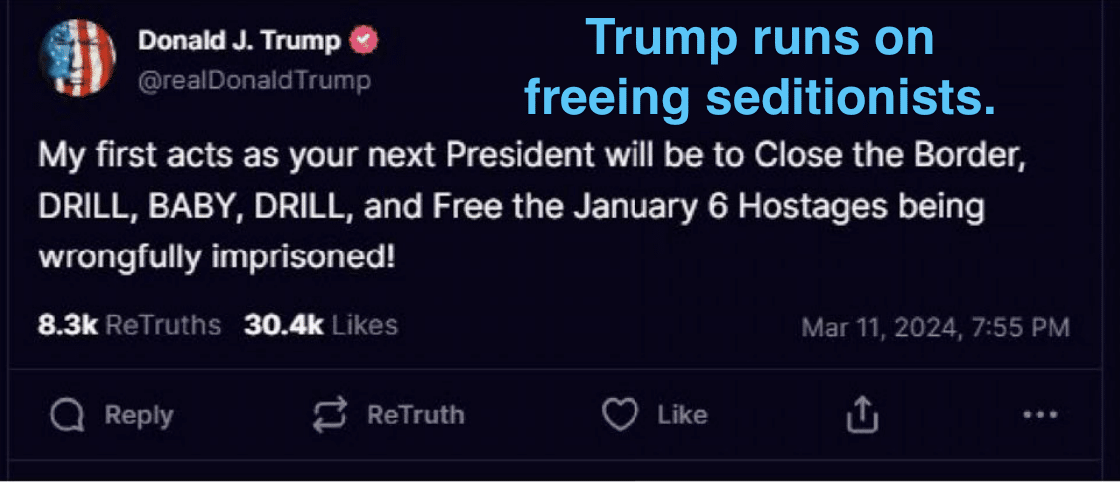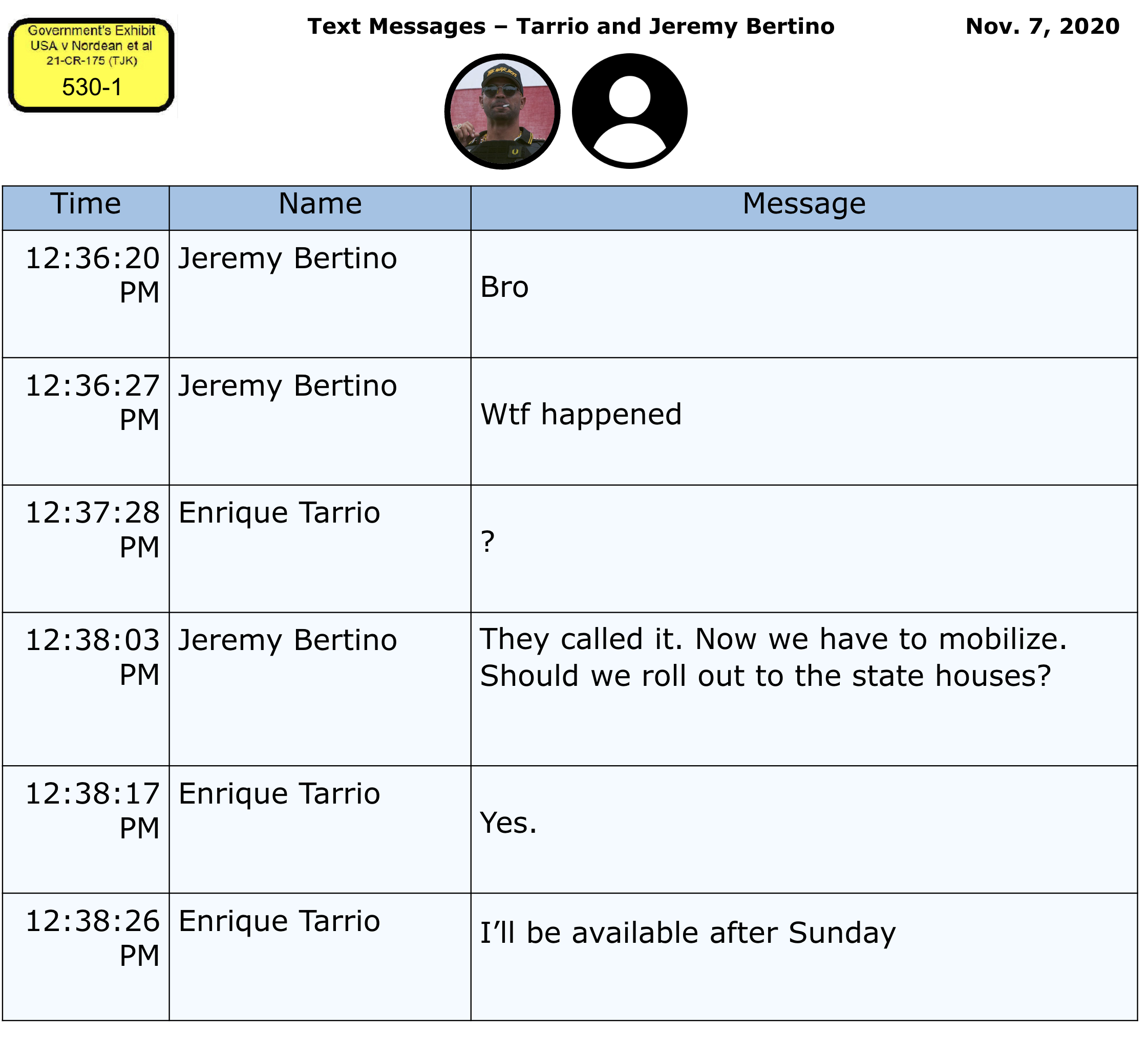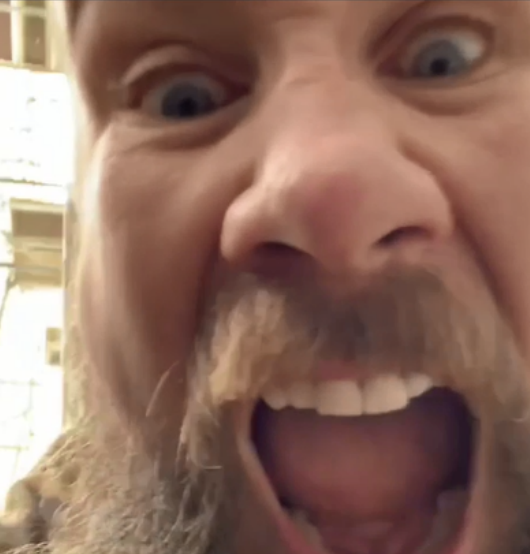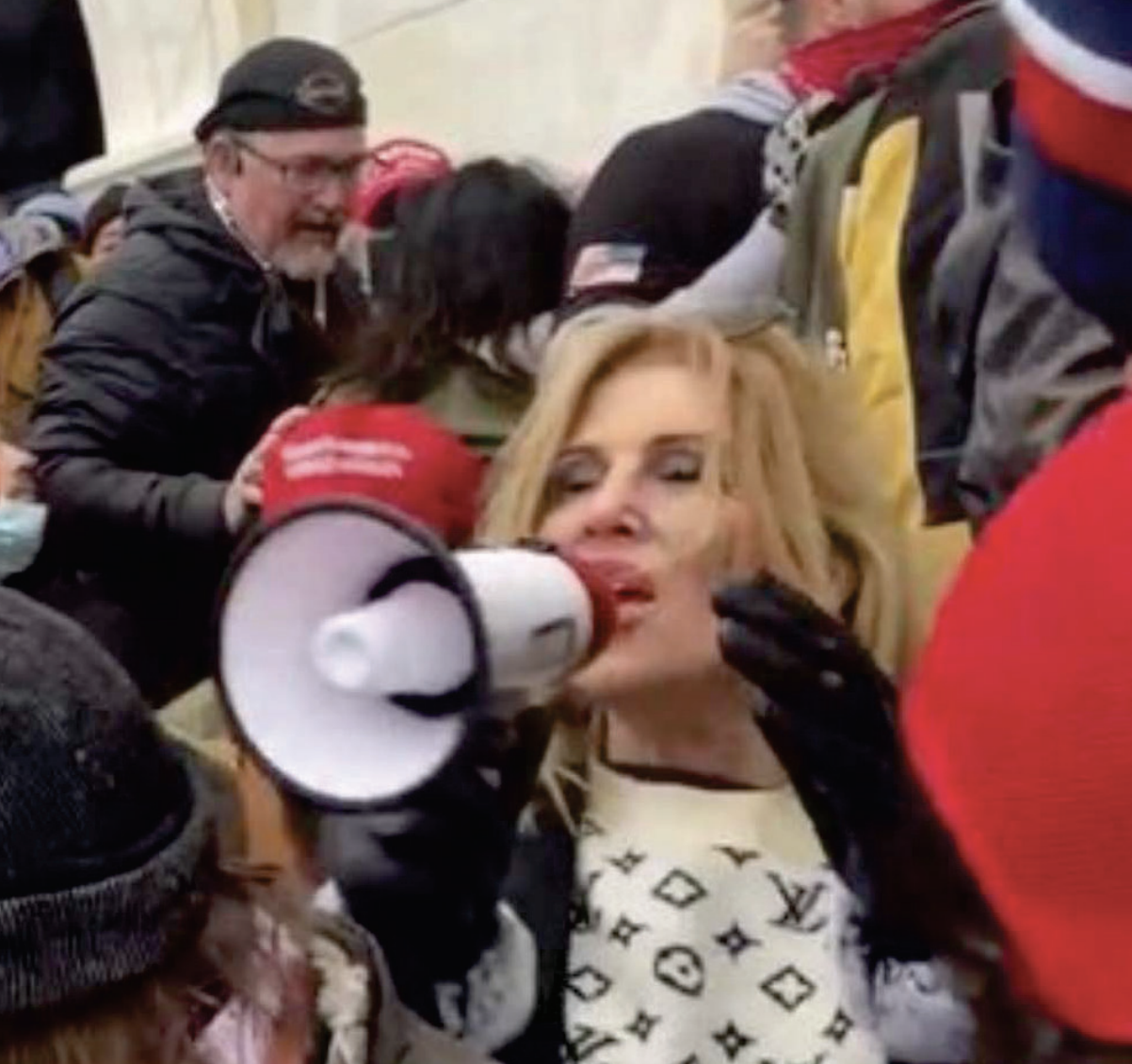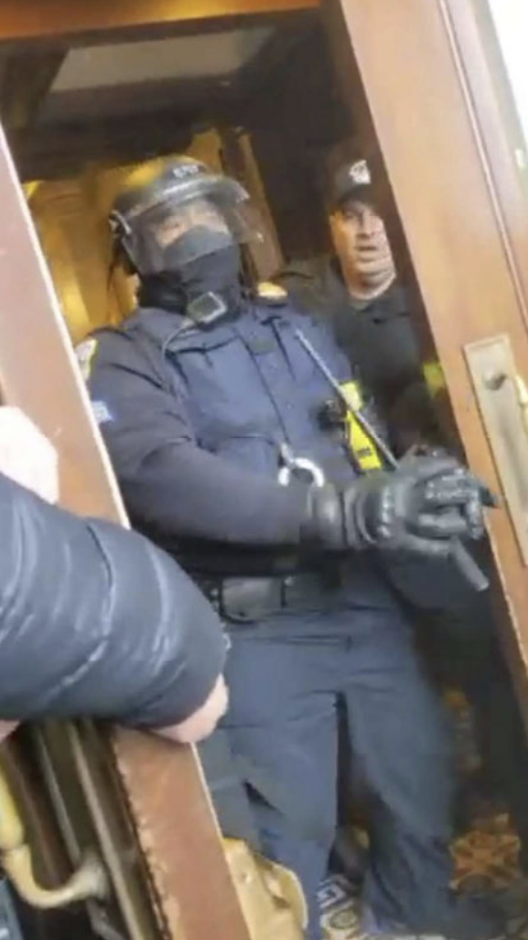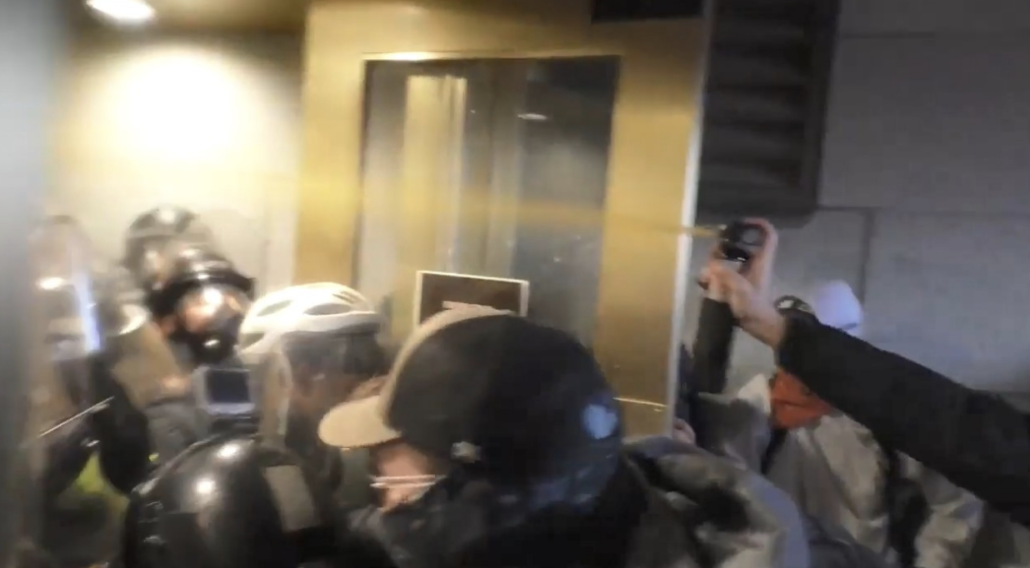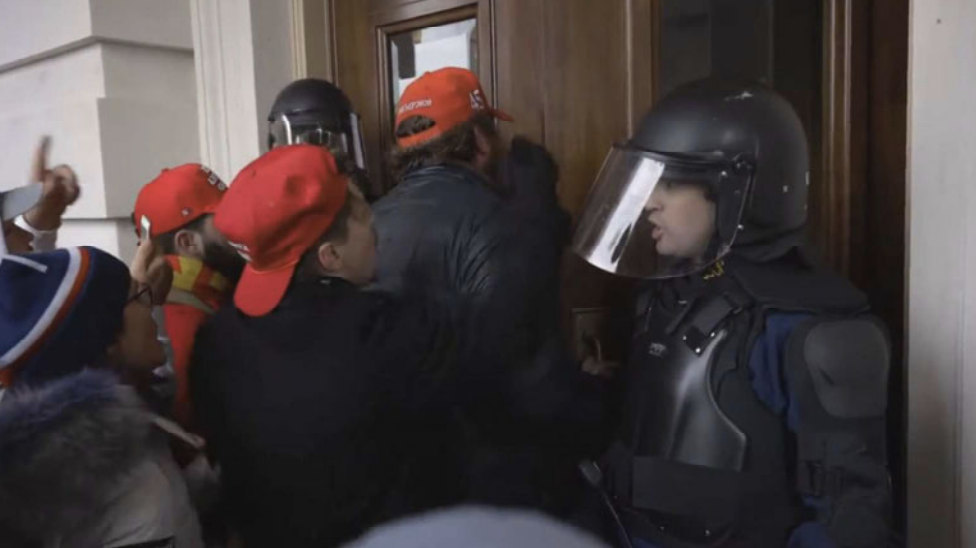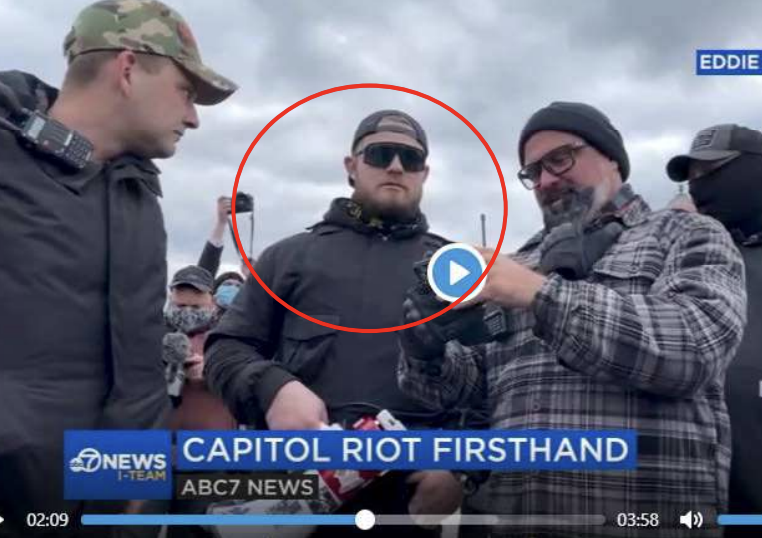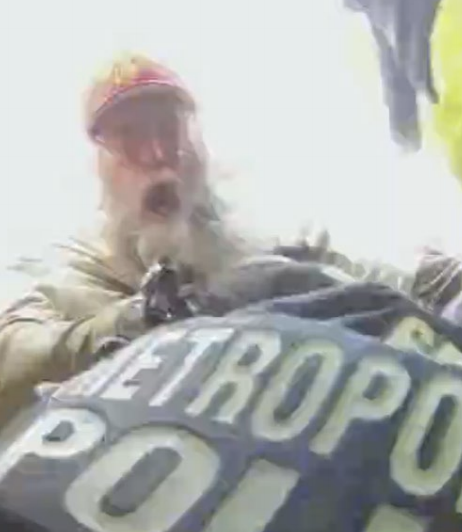As I noted in an update to this post, NYT and the Guardian have clarified that the third charge mentioned in Trump’s target letter was 18 USC 241, Conspiracy against Rights, not — as Rolling Stone originally reported — 18 USC 242.
This piece, from November 2021, explains why 241 is such a good fit to Trump’s efforts to discount the votes of 81 million Biden voters.
The Supreme Court has stressed that Section 241 contains “sweeping general words” and directed courts to give the provision “a sweep as broad as its language.” In United States v. Classic it established that the statute protects not only the right to vote but the right to have one’s vote properly counted. Classic upheld an indictment of officials who sought to aid one candidate by refusing to count votes cast for his opponent.
The broad language of Section 241 clearly encompasses the actions of those involved in Trump’s coup attempt, and the Court’s precedents support that conclusion. Evidence currently available shows that the conspirators agreed to a common scheme to overthrow the results of the 2020 presidential election, took innumerable acts designed to accomplish that goal, and intended thereby to effectively deprive millions of voters in half a dozen states—and the rest of the 81 million Americans who voted for Joe Biden—of their right to vote and have their votes properly counted.
In Anderson v. U.S. the Court explicitly held that Section 241 reaches conspiracies designed “to dilute the value of votes of qualified voters.” It requires only an intent to prevent votes from being “given full value and effect,” an intent that includes an intent “to have false votes cast.” Evidence suggests that Trump and his supporters attempted exactly that in Georgia. They pressured local officials to somehow, some way magically “find” 11,780 additional votes to give Trump victory there and negate the votes of nearly two and a half million Georgia voters.
And it’s not just the concerted effort to eliminate the votes of 81 million Biden voters on January 6.
The recent news that Jack Smith has subpoenaed the security footage from the State Farm arena vote count location in Georgia, taken in conjunction with Trump’s efforts in places like Michigan — where his efforts focused on preventing a fair count of Detroit, where he had actually performed better than in 2016, rather than Kent County, the still predominantly white county where he lost the state — is a reminder that Trump and his mobs, many associated with overt white supremacists like Nick Fuentes, aggressively tried to thwart the counting of Black and Latino people’s votes. It was the same play Roger Stone used when he sent “election observers” to Black precincts in 2016, just on a far grander scale, and backed by the incitement of the sitting President.
As I said in the other post, we’ll see how Jack Smith charges this soon enough.
For now, I want to talk about how the press cognitively missed this — myself included. I want to talk about how the press — myself included — didn’t treat an overt effort to make it harder to count the votes of Black and Latino voters as a crime.
In its piece (including Maggie, but also a lot of people who aren’t as conflicted as she is), NYT points to both Norm Eisen (who didn’t see this, either, and whose recent prosecution memo on the charges we did expect didn’t even cite the pending decisions in the DC Circuit) and the January 6 Committee as if they are where this investigation came from.
Two of the statutes were familiar from the criminal referral by the House Jan. 6 committee and months of discussion by legal experts: conspiracy to defraud the government and obstruction of an official proceeding.
[snip]
The prospect of charging Mr. Trump under the other two statutes cited in the target letter is less novel, if not without hurdles. Among other things, in its final report last year, the House committee that investigated the events that culminated in the Jan. 6 attack on the Capitol had recommended that the Justice Department charge the former president under both of them.
Alan Feuer (who is bylined along with Maggie) knows as well as I do, neither ConfraudUS (18 USC 371) nor obstruction (18 USC 1512(c)(2)) came from the January 6 Committee. J6C — and people like Eisen — were still looking at insurrection long after I was screaming that DOJ would use obstruction. They — and people like Eisen — still hadn’t figured out how DOJ was using obstruction even after Carl Nichols specifically raised the prospect of using it with Trump.
NYT’s discussion of the pending appeal from Thomas Robertson in the DC Circuit (in the last paragraphs of the article) is as good as you’ll see in the mainstream press. They know well the obstruction charges builds on years of work by DOJ’s prosecutors, but nevertheless point to J6C’s fairly thin referral of it, as if that, and not the charges in 300 January 6 cases already, is where it comes from.
The reason we knew DOJ would use obstruction is because DOJ has been, overtly, setting that up for years.
In its description of the unexpected mention of 241, though, NYT describes that “prosecutors have introduced a new twist.”
Federal prosecutors have introduced a new twist in the Jan. 6 investigation by suggesting in a target letter that they could charge former President Donald J. Trump with violating a civil rights statute that dates back to the post-Civil War Reconstruction era, according to three people familiar with the matter.
Again, it was a surprise to me, too. I’m not faulting the NYT for being surprised. But that doesn’t mean prosecutors “introduced a new twist,” as if this is some fucking reality show. It means journalists, myself included, either don’t know of, misinterpreted the investigative steps that DOJ has already taken, or simply didn’t see them — and I fear it’s the latter.
To be sure, in retrospect there are signs that DOJ was investigating this. In December, WaPo reported that DOJ had subpoenaed election officials in predominantly minority counties in swing states (notably, the journalists on the story were local reporters, neither Trump whisperers nor the WaPo journalists who’ve given scant coverage to the crime scene investigation).
Special counsel Jack Smith has sent grand jury subpoenas to local officials in Arizona, Michigan and Wisconsin — three states that were central to President Donald Trump’s failed plan to stay in power following the 2020 election — seeking any and all communications with Trump, his campaign, and a long list of aides and allies.
The requests for records arrived in Dane County, Wis.; Maricopa County, Ariz.; and Wayne County, Mich., late last week, and in Milwaukee on Monday, officials said. They are among the first known subpoenas issued since Smith was named last month by Attorney General Merrick Garland to oversee Trump-related aspects of the investigation of the Jan. 6, 2021, attack on the U.S. Capitol, as well as the criminal probe of Trump’s possible mishandling of classified documents at his Florida home and private club.
The subpoenas, at least three of which are dated Nov. 22, indicate that the Justice Department is extending its examination of the circumstances leading up to the Capitol attack to include local election officials and their potential interactions with the former president and his representatives related to the 2020 election.
The virtually identical requests to Arizona and Wisconsin seek communications with Trump, in addition to employees, agents and attorneys for his campaign. Details of the Michigan subpoena, confirmed by Secretary of State Jocelyn Benson, were not immediately available.
[snip]
Previous subpoenas, in Arizona and other battleground states targeted by Trump, have been issued to key Republican players seen as allies in his pressure campaign to reverse the results of the 2020 election. Maricopa County, the sprawling Arizona jurisdiction that is home to Phoenix and more than half the state’s voters, was among several localities on the receiving end of that pressure.
The Post could not confirm Tuesday whether the latest round of subpoenas went to local officials in any other states. The office of the secretary of state in Pennsylvania, another 2020 contested state, declined to comment. State and local election officials in another contested state, Georgia, said they knew of no subpoenas arriving in the past week. Officials in Clark County, Nev., the sixth contested state, declined to comment.
The Arizona subpoena was addressed to Maricopa County’s elections department, while the Wisconsin versions were addressed to the Milwaukee and Dane clerks. All seek communications from June 1, 2020, through Jan. 20, 2021. [snip]
These subpoenas asked for Trump’s contacts with local election officials, in the predominantly minority counties that Democrats need to win swing states, going back to June 2020, well before the election itself. By December 2022, DOJ was taking overt steps in an investigation that even before the election Trump had plans targeting minority cities.
And there may have been a still earlier sign of this prong of the investigation, from the NYT itself. Alan Feuer (with Mike Schmidt) reported in November that prosecutors were investigating Stone’s rent-a-mob tactics, going back to 2018 but really going back to the Brooks Brothers riot in 2000, the same fucking MO Stone has adopted for decades, using threats of violence to make it harder to count brown people’s votes.
The time was 2018, the setting was southern Florida, and the election in question was for governor and a hotly contested race that would help determine who controlled the United States Senate.
Now, four years later, the Justice Department is examining whether the tactics used then served as a model for the attack on the Capitol on Jan. 6, 2021.
In recent months, prosecutors overseeing the seditious conspiracy case of five members of the Proud Boys have expanded their investigation to examine the role that Jacob Engels — a Florida Proud Boy who accompanied Mr. Stone to Washington for Jan. 6 — played in the 2018 protests, according to a person briefed on the matter.
The prosecutors want to know whether Mr. Engels received any payments or drew up any plans for the Florida demonstration, and whether he has ties to other people connected to the Proud Boys’ activities in the run-up to the storming of the Capitol.
Different prosecutors connected to the Jan. 6 investigation have also been asking questions about efforts by Mr. Stone — a longtime adviser to Mr. Trump — to stave off a recount in the 2018 Senate race in Florida, according to other people familiar with the matter.
[snip]
The 2018 demonstrations in Florida did not come close to the scale or intensity of the assault on the Capitol by a pro-Trump mob, but the overlap in tactics and in those involved was striking enough to have attracted the attention of federal investigators.
Information obtained by investigators shows that some of those on the ground in 2018 called the protests “Brooks Brothers 2.0,” a reference to the so-called “Brooks Brothers riot” during a recount of the presidential vote in Florida in 2000. During that event, supporters of George W. Bush — apparently working with Mr. Stone — stormed a local government building, stopping the vote count at a crucial moment.
As I noted at the time, the NYT story ignored Stone’s 2016 efforts, but his efforts to intimidate Black voters at the polls in that year was the origin of the Stop the Steal effort that Ali Alexander was entrusted to implement in 2020 while Stone awaited his pardon.
And we know from evidence submitted at the Proud Boys trial that their role in mobs was not limited to January 6, but was instead mobilized on a moment’s notice immediately after the election.
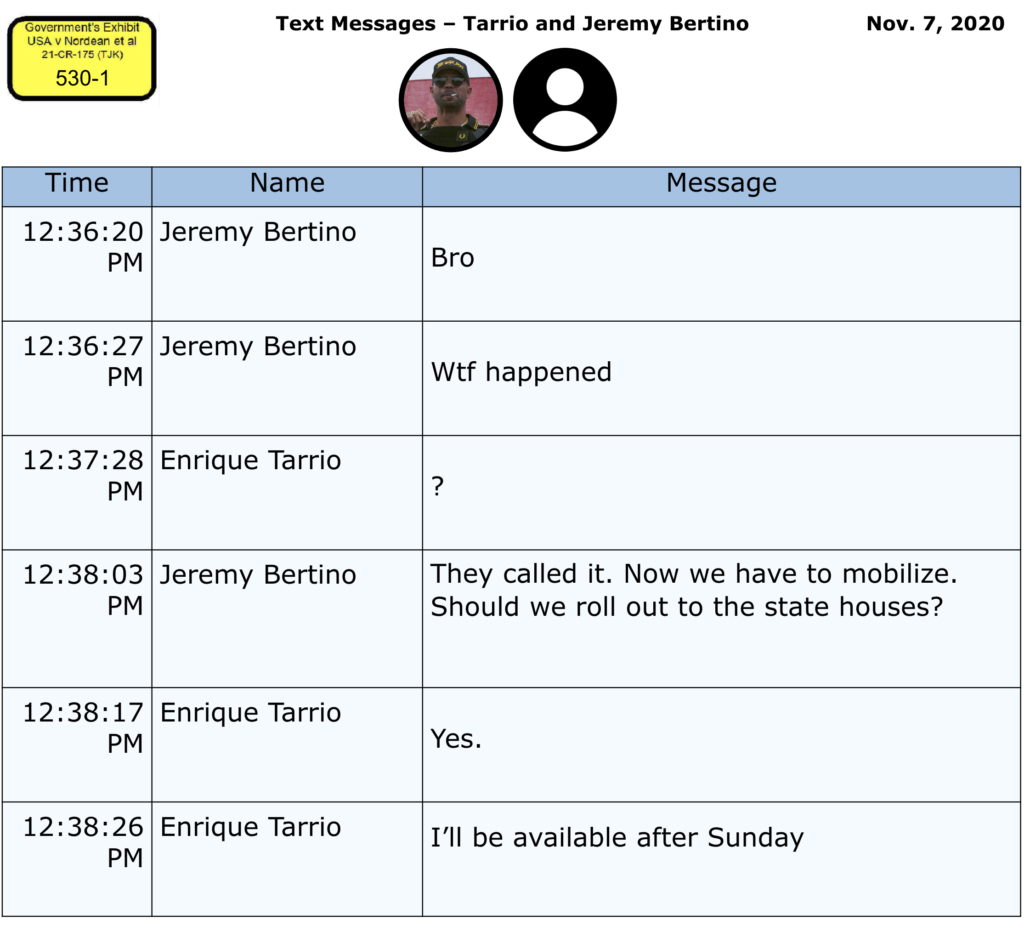
Tarrio even indicated that he had gotten instructions from “the campaign.”
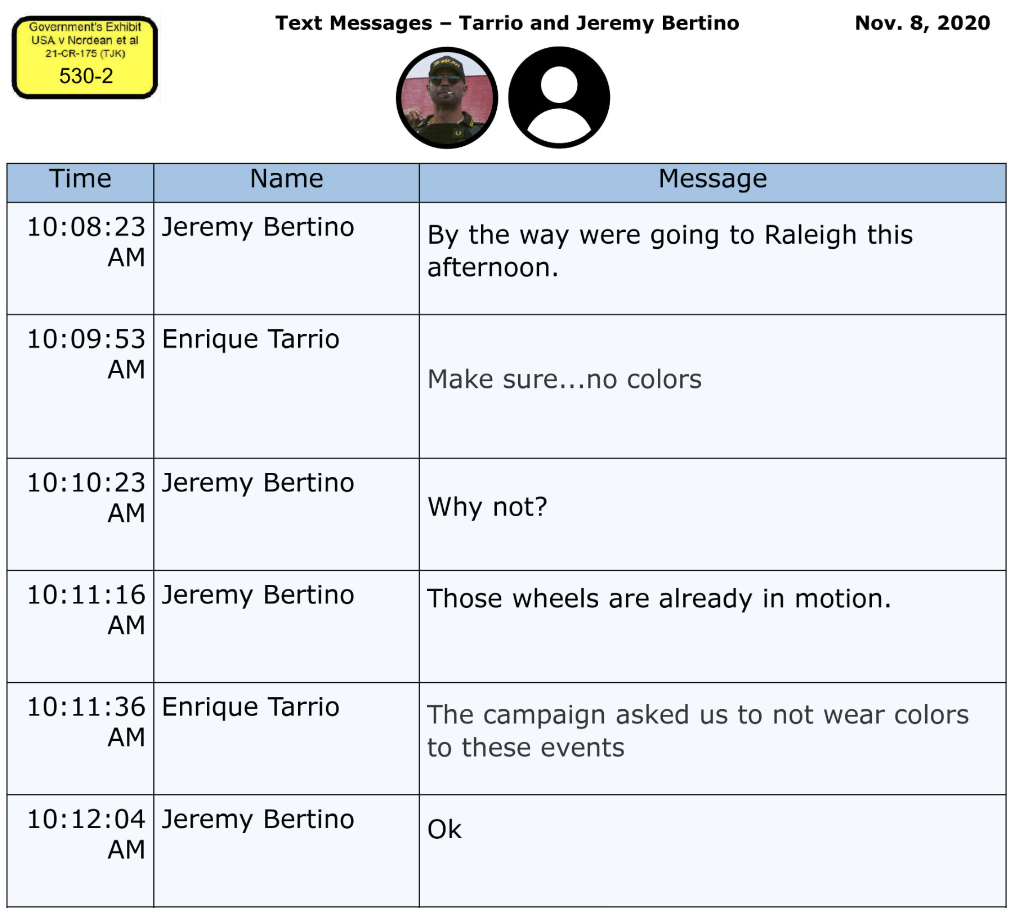
Finally, for all my complaints about the treatment of Brandon Straka, this prong may have — should have — gone back still earlier, to the belated discovery of Straka’s grift.
This investigation has been happening. It’s just that reporters — myself included — didn’t report it as such.
It’s not just the epic mob Trump mobilized on January 6, an attempt to use violence to prevent the votes of 81 million Biden voters to be counted. It was an effort that went back before that, to use threats of violence to make it harder for election workers like Ruby Freeman to count the vote in big cities populated by minorities.
One reason TV lawyers didn’t see this is they have always treated Trump’s suspected crimes as a white collar affair, plotting in the Willard, but not tasing Michael Fanone at the Capitol.
But it is also about race and visibility.
January 6 was spectacular, there for the whole world to see.
But those earlier mobs — at the TCF center in Detroit, the State Farm arena in Atlanta, Phoenix, Milwauke — those earlier mobs were also efforts to make sure certain votes weren’t counted, or if they were, were only counted after poorly paid election workers risked threats of violence to count them, after people like Ruby Freeman were targeted by Trump’s team to have their lives ruined.
And we, the press collectively, didn’t treat those efforts to disqualify votes as the same kind of crime, as part of the same conspiracy, as Trump’s more spectacular efforts on January 6.
Update: Added the campaign texts. Thanks to Brandi, who knew exactly where to find them.
Update: Ironically, Bill Barr’s testimony may be pivotal to prove that Trump targeted Detroit because of race. That’s because Barr specifically told Trump he had done better in Detroit than he did in 2016.
Trump raised “the big vote dump, as he called it, in Detroit,” Barr said. “He said ‘people saw boxes coming into the counting station at all hours of the morning’ and so forth.”
Barr said he explained to Trump that Detroit centralized its counting process at the TCF Center downtown convention hall rather than in each precinct. For the November 2020 general election, Michigan’s largest city counted its absentee ballots at the convention center under the supervision of state Bureau of Election Director Chris Thomas. Because of the COVID-19 pandemic, most ballots cast were absentee.
“They’re moved to counting stations,” Barr said. “And so the normal process would involve boxes coming in at all different hours.”
“I said, ‘Did anyone point out to you … that you did better in Detroit than you did last time? There’s no indication of fraud in Detroit,” Barr said he told Trump.
Everyone in MI knows — and I’m sure Trump knows — he lost MI because he lost Kent County, which as more young people move into Grand Rapids has been getting more Democratic in recent years. That Trump targeted Detroit and not Kent (or Oakland, which has also been trending increasingly Democratic) is a testament that this was about race.
Update, 7/30: Both NAACP and ACLU recognized this in real time. Here’s ACLU’s suit.


